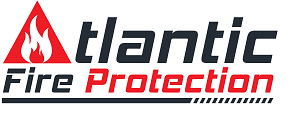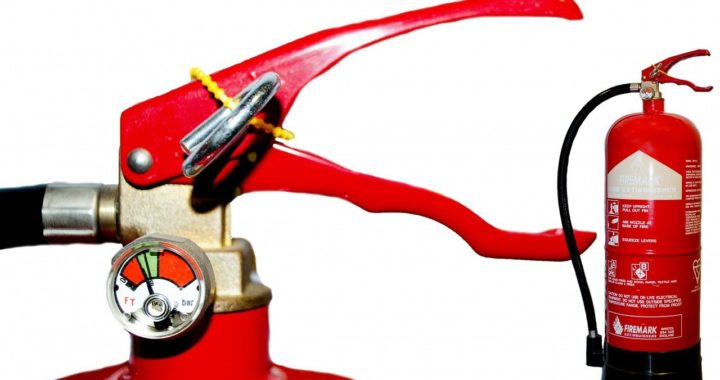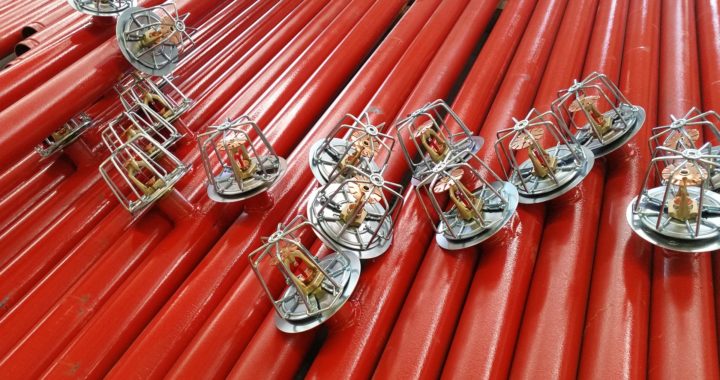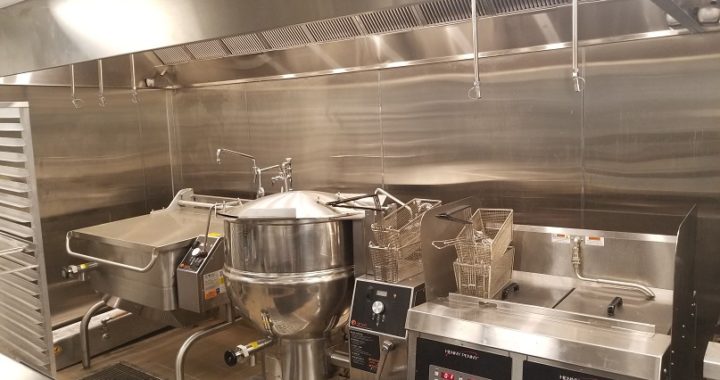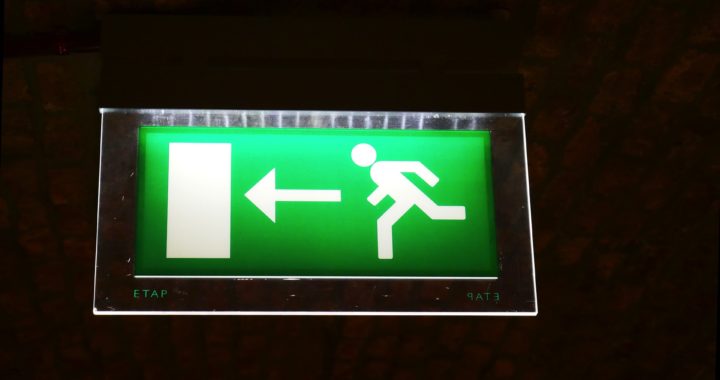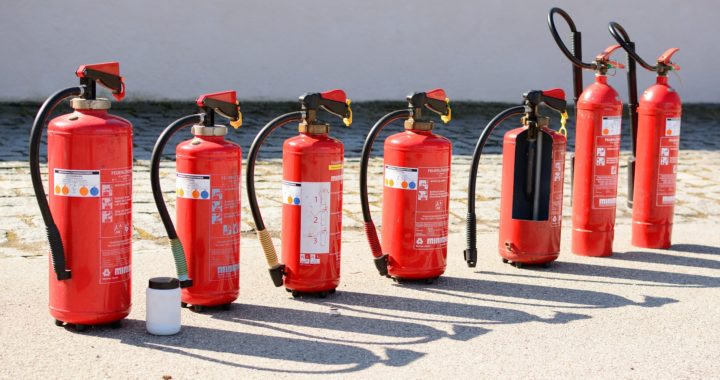It’s easy to see portable fire extinguishers installed in various places in any retail store, commercial space, or industrial facility. As the name suggests, it is an active fire protection device used to extinguish and control small flames during emergency situations. It consists of a substance that cools the burning materials, deprives the fire of oxygen, and stops the chemical reactions occurring in the flame.
As prevalent as these are in society today, one of the frequently asked questions is whether you should get your fire extinguishers replaced or recharged. To help answer this question, here are four major considerations to helping you pick when you’re undergoing a fire extinguisher inspection:
1. Repair consideration
The first thing to assess is if you feel that your fire extinguishers need to be repaired. The chances are that there’s a problem with the canister, hose, gauge, nozzles, or handle—all of which could render your unit useless.
If not, some of the parts or components of your extinguishers may have gone missing. Here’s the catch: there’s no such thing as a fire extinguisher “repair” option. When you are faced with damaged components or missing parts, the next course of action is to have the affected parts or the whole unit replaced! If you notice anything wrong with your unit’s physical condition, then contact a fire extinguisher inspection service immediately.
2. Recharging frequency
As per the National Fire Protection Association (NFPA) standards, fire extinguishers can remain in service for twelve years. This means that you can leave your unit uncharged even for this long. However, there are certain circumstances where it has to be recharged as soon as possible.
Here’s when you should consider charging your extinguishers:
- If it’s been discharged but is still in good working condition
- If a small amount of pressure has been released
- If it has never been recharged in twelve years
3. Replacement requirement
As a rule of thumb set by the NFPA, you should have your fire extinguisher replacement every twelve years. Even when there is nothing wrong with your extinguishers, it’s still best to do so!
However, there are visible signs you finally need a unit replacement, as follows:
- A broken or missing pin on the handle
- An unstable handle
- Slow pressure loss
- A missing inspection tag
- Visible corrosion or rust
- A Cracked, ripped, or clogged hose or nozzle
4. Economic factor
Another vital factor to consider is the cost associated with recharging or replacing your fire extinguishers. At times, replacing the whole unit can be more affordable than recharging it. Be sure to shop around and get multiple quotes and compare both the recharging and replacement costs.
For the utmost safety of people and your business, having a brand new, working extinguisher can ultimately be a great solution, no matter the cost!
Conclusion
At this point, you now know what factors to consider when choosing between a fire extinguisher replacement and recharging. As discussed above, consider the following vital factors—repair consideration, recharging frequency, replacement requirement, and the economic factor.
It’s best to invest in durable and high-quality fire extinguishers so you can expect them to last for as long as possible. It’s also required to have thorough monthly professional inspections to ensure they’re in top shape and working conditions. During the inspection, check to see if you need fire protection devices merely recharged or totally replaced!
In need of a fire extinguisher inspection in New Jersey to help you decide between getting it replaced or recharged? We’ve got you covered! At Atlantic Fire Protection, we have a wide selection of fire protection systems and services for your restaurant, commercial business, and apartment buildings. Get in touch with us today to see how we can help!
